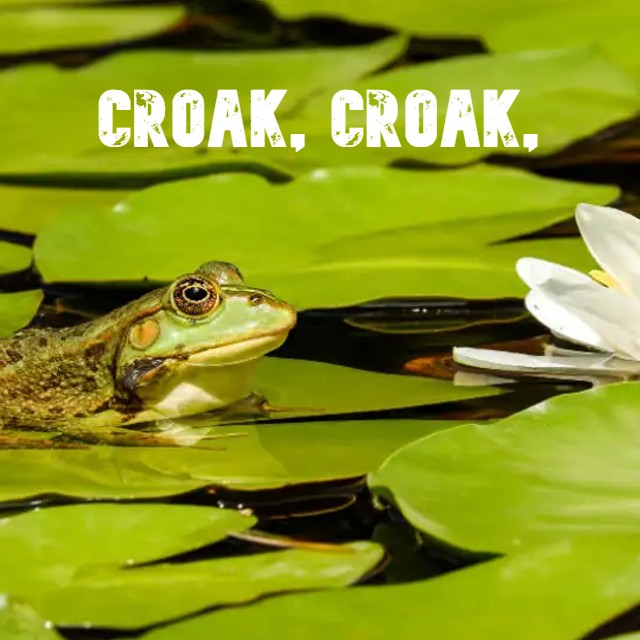
Parjanya, Croaking frogs and Vedic chanting
We will explore three related ideas in this post, namely, Parjanya the rain god, Manduka, the croaking frog and Vedic chanting in a group. Since the past few decades, some people trivialize the sound of Vedic chants by comparing it to the croaking of frogs. Further they quote the croaking frog poem in the Rig Veda as a reference. Did the original poet really hold a low opinion of group chants?

Indologists took a special note of the 103rd poem in the 7th mandala of the Rig Veda. They call this poem with its ten verses the croaking frog poem. Rishis Vasishta cognized this poem. Rishis associated each poem with a Devata or a divine being. Strangely, Vasishta associated Manduka or the croaking frog to be the Devata of his poem. Certainly, the poem is to Parjanya, the rain God, who inspires frogs to croak at the first rains of the season.
Vasishta’s croaking frog poem
What is the special connection between Parjanya and the croaking frogs? Also why does Vasishta refer to the sound of Vedic chants in this poem? Rains arrive as Monsoon in the Indian subcontinent, and they signal the end of the heat of summer. A careful observation of nature at the start of the monsoon rains gives us good clues about the close relationship between Parjanya and Manduka.
All creatures seek shelter from the monsoon rains as if driven by fear in their psyche. Manduka is a contrarian in this regard. He becomes inspired to sing a welcome to Parjanya. The croak of frogs mingles with the sound of falling rain drops. This combined sound fills the atmosphere. This loudly foretells human beings of the arrival of prosperity and renewal.
Soma Yajna and the croaking frogs
Manduka or the croaking frog is nature’s timekeeper which declares the end of summer and the arrival of Parjanya, loud and clear. Similarly, the Ritvik priests of the Soma Yajna declare the arrival of winter solstice which rings in a new Year. Several Ritvik priests must share the responsibility of keeping the yearlong yajna going, day after day. However, all the Ritviks must gather simultaneously, raise their voices and chant the mantras at the Soma offering, the last segment of the yearlong Soma Yajna. The Soma offering assures a downpour of blessings from the domain of the celestials.
What then is unique about the chants at the Soma offering? Certainly, we can listen to group chants on YouTube. The chanters in these audio recordings use the same pitch and pace to create a harmonious effect on the listener. This is anything but like the discordant croak of the frogs. Do Ritviks use a different chanting style during the Soma offering? Yes, Ritviks from each of the four Vedas participate daily in the Soma Yajna. However, all other Ritviks lower their voices to allow the chanting of the main Ritvik to be heard aloud. Ultimately, at the Soma offering, all Ritviks raise their voices to the same level. They chant different sections of the Veda simultaneously. This is sure to remind us of the frogs croaking together to welcome Parjanya.